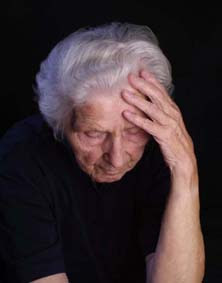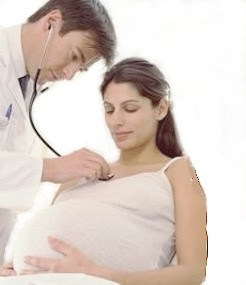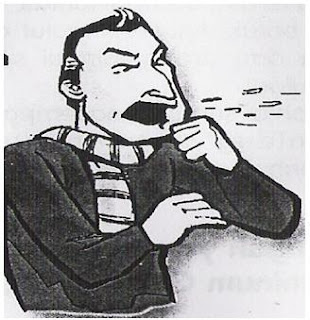 Pain is a sensory and emotional experience that the unpleasant result of tissue damage, actual and potential. Similarly, understanding the pain of Brunner & Suddarth, 2002.
Pain is a sensory and emotional experience that the unpleasant result of tissue damage, actual and potential. Similarly, understanding the pain of Brunner & Suddarth, 2002.This pain can only be felt by a person without being perceived by others, and will include patterns of thought, activity someone directly, as well as changes in a person's life. Pain is an important signs and symptoms which may indicate the occurrence of a physiological disorder.
For a nurse or other health professionals should consider the factors that influence pain in the face of patients who experience pain. It is very important in the accurate assessment of pain and for nursing action.
Here are Six Factors that Affect Pain, including:
1. Age Factor. Age is an important variable that affects the pain, especially in children and adults. Developmental differences were found between the two age groups may affect how children and adults react to pain. Children difficulty to understand the pain and think that what nurses can cause pain. Children who do not have a lot of vocabulary, have difficulty verbally describing and expressing pain to parents or caregivers. Children can not express the pain, so the nurse should assess pain responses in children. In adults often report pain if it is pathological and malfunction.
2. Anxiety Factor. Although it is generally believed that the anxiety will increase the pain, may not be entirely true in all circumstances. Research does not show a consistent relationship between anxiety and pain also showed that preoperative stress reduction training at lower postoperative pain. However, the relevant anxiety, or dealing with the pain can increase the patient's perception of pain. In general, an effective way to relieve pain is to direct the treatment of pain rather than anxiety (Smeltzer & Bare, 2002).
3. Gender Factor. Gender factor this in conjunction with the factors that affect pain is that men and women did not have significant differences regarding their response to pain. It is doubtful that gender is an independent factor in the expression of pain. For example, boys must be brave and not cry in which a woman can cry at the same time.
4. Family and Social Support Factors. Other factors that also affect the response to pain is the presence of people nearby. People who are in a state of pain often rely on family for support, help or protect. The absence of family or close friends might make the pain increased. The presence of parents is particularly important for children in the face of pain (Potter & Perry, 1993).
5. Cultural Factors. Beliefs and cultural values influence the way individuals cope with pain. Individuals learn what is expected and what is acceptable to their culture. This includes how to react to pain (Calvillo & Flaskerud, 1991). Recognizing the cultural values that have one and understand why these values differ from the values of other cultures helps to avoid evaluating a patient's behavior based on a person's expectations and cultural values. Nurses are aware of cultural differences will have a greater understanding of the patient's pain and be more accurate in assessing pain and behavioral responses to pain are also effective in relieving pain patients (Smeltzer & Bare, 2003).
6. Coping Pattern Factor. When a person is experiencing pain and undergoing treatment at the hospital is very unbearable. Continually client lost control and was not able to control the environment, including pain. Clients often find a way to overcome the effects of physical and psychological pain. It is important to understand the sources of individual coping during painful. Sources of coping is like communicating with family, exercise and singing can be used as a plan to support the client and the client reduce pain.


















